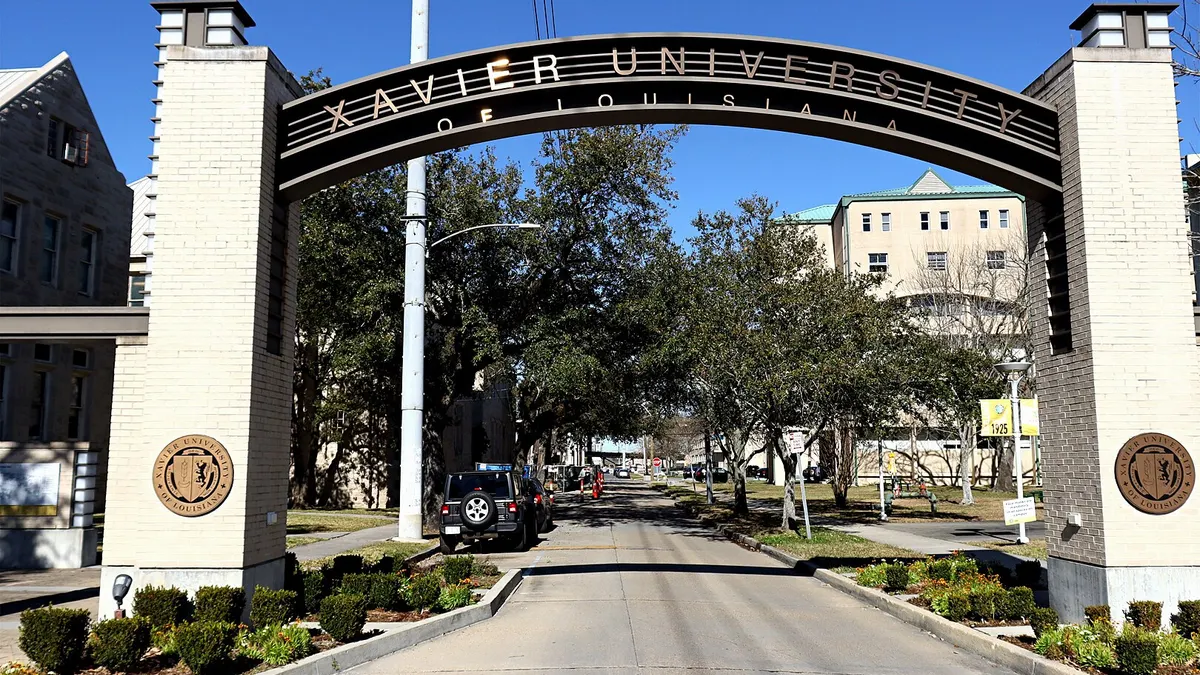Dive Brief:
- Changes proposed by the Biden administration to income-driven repayment plans could vastly lower the share of borrowers who would fully repay their federal student loans, according to a new analysis from the Urban Institute, a left-leaning think tank.
- The proposal would lower the share of discretionary income that borrowers enrolled in income-driven repayment plans must put toward their loans each month, from 10% to 5%. Only 22% of bachelor’s degree recipients would be expected to fully pay off their loans under the new plan, down from 59% under the current structure.
- The researchers found similar changes for certificate and associate degree recipients. If they all enrolled in the new income-driven repayment plan, only 11% would be expected to fully pay off their loans. That’s compared to 62% under the current plan.
Dive Insight:
The report’s authors argue that the Biden administration’s proposal will transform the income-driven repayment program from “a safety net that supports borrowers with low incomes into a substantial subsidy for most undergraduate students who take on debt.” In turn, most undergraduate borrowers wouldn’t be expected to fully repay their loans.
The U.S. Department of Education unveiled the plan in January. Along with slashing the share of discretionary income borrowers owe each month, the new rules would also broaden the number of borrowers who meet an income exemption, allowing low-income borrowers not to pay anything.
Under current rules, borrowers with incomes up to 150% of the federal poverty level don’t have to make monthly payments. That equates to around $20,400 for individuals. The new regulations would raise that income threshold to 225% of the poverty level — or around $30,600 for an individual.
The time during which borrowers must make payments would also be shortened, from 20 years to 10 years if their federal loans totaled $12,000 or less. A year would be added for each additional $1,000 they borrowed.
Unpaid interest would be forgiven each month under the plan and balances would not be able to increase.
The report’s authors describe these changes as “more significant in the long run” than President Joe Biden’s hamstrung proposal to forgive large amounts of federal student loan debt. The U.S. Supreme Court has agreed to hear oral arguments in February over the legality of that plan, which would forgive as much as $20,000 for borrowers earning up to $125,000.
The authors estimated that around 20% of bachelor’s degree recipients would pay nothing under the new income-driven repayment plan, compared to 11% under the current structure. A much larger share would also be expected to pay off less than half of their loans, 49% under the new plan compared to 22% under the old one.
Typical bachelor’s degree recipients would have about $18,600 forgiven under the new plan — an amount exceeding the median cumulative Pell Grants that this group of college students receive. Similarly, graduates with certificates and associate degrees are expected to have around $11,600 of their loans forgiven under the new rules.
The Education Department estimates the changes will cost $138 billion over the next decade, with more than half of that cost attributed to lifting the income exemption threshold. However, the report’s authors contend this is likely an undercount because it doesn’t assume that more borrowers will opt for income-driven repayment plans as a result of the change.
The report’s authors questioned whether the Education Department is able to implement such a plan. Existing income-driven repayment programs have been plagued with challenges, and few students have had their loans forgiven under current plans.
The Education Department is currently seeking public comment on the new proposal. The agency must then consider each comment before it issues final regulations.







